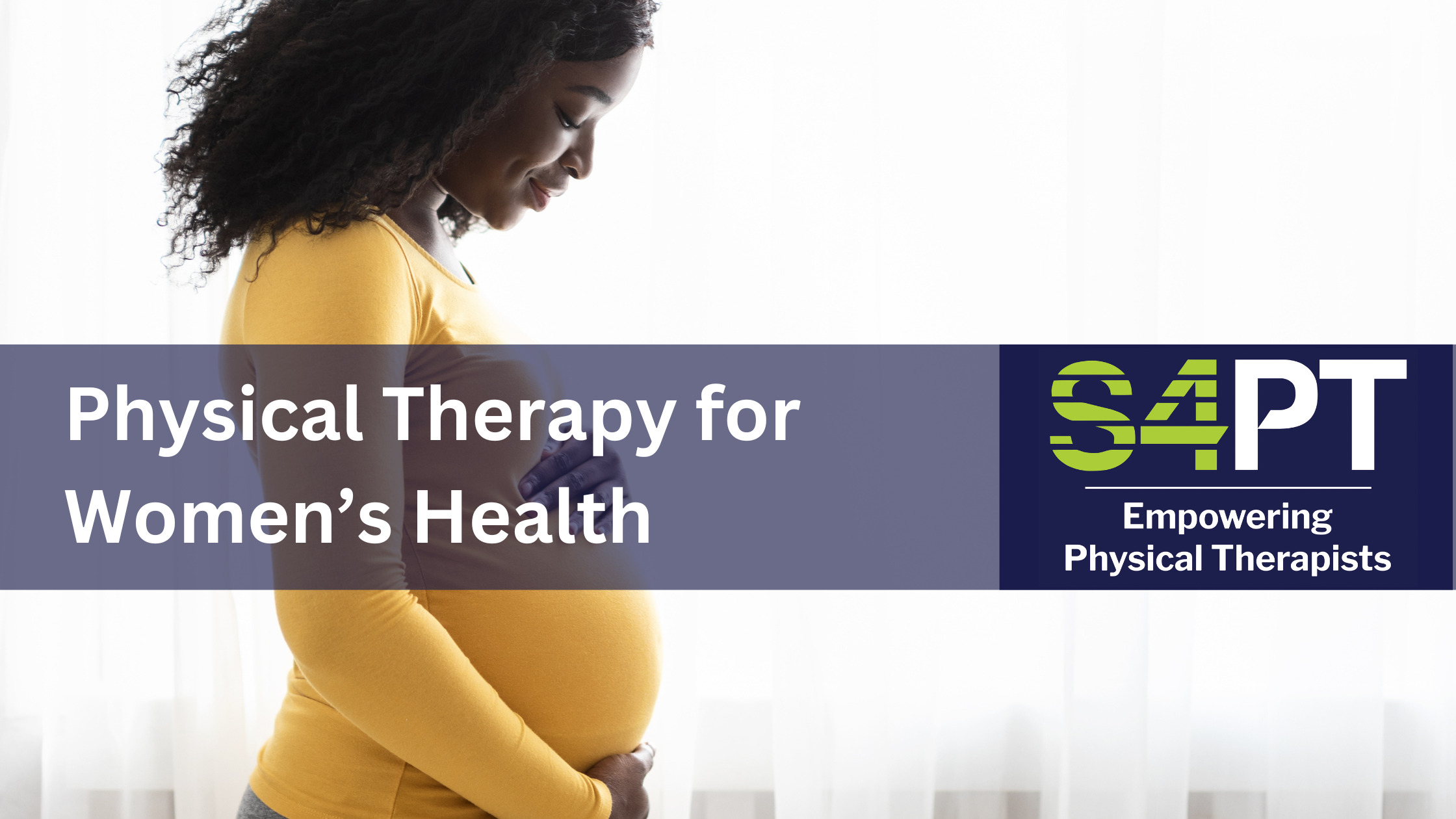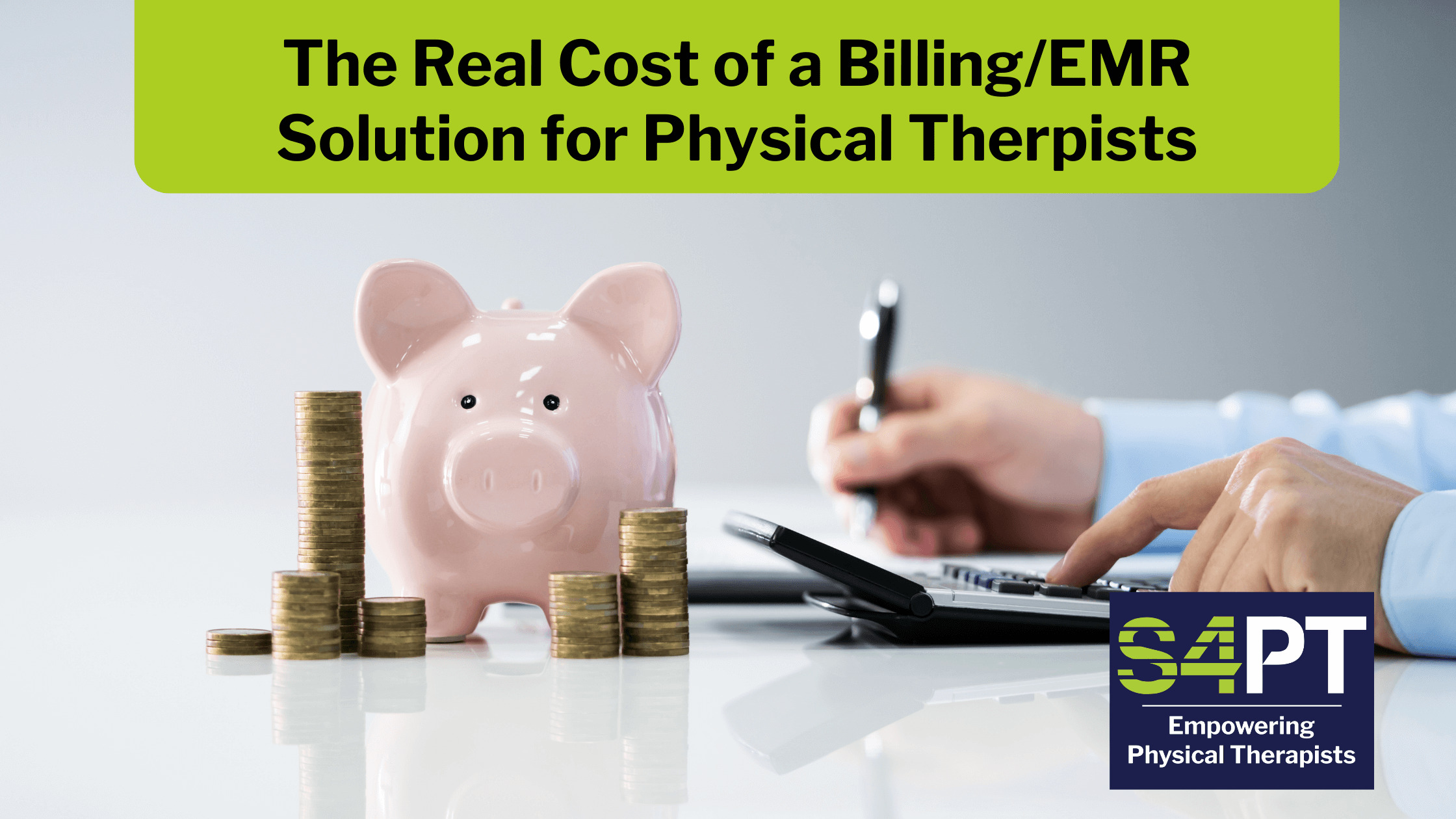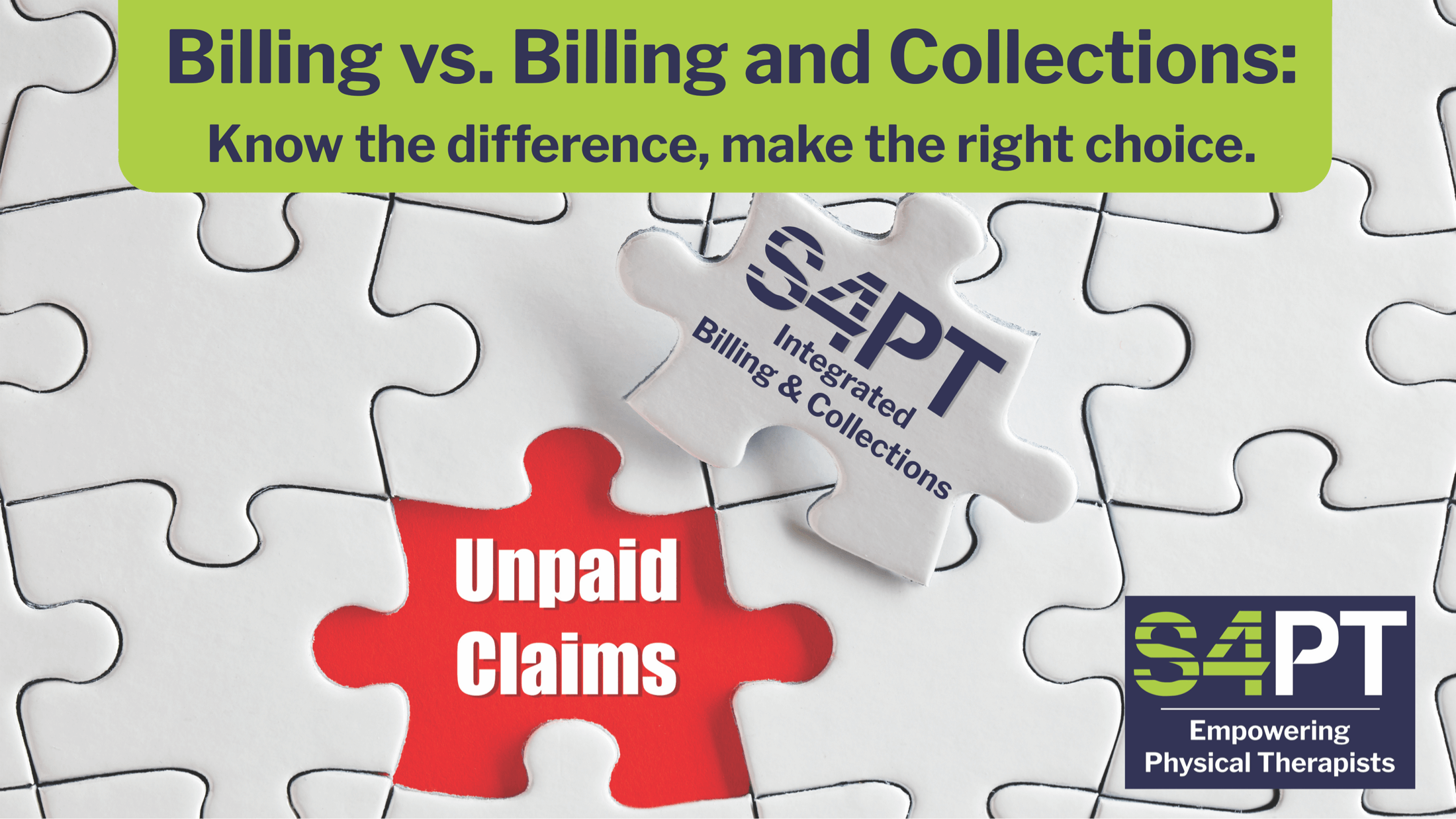
Physical Therapy for women’s health: PostPartum Care and Recovery with PT
Physical therapy can be an important aspect of postpartum care for many new mothers. Pregnancy and childbirth can cause significant changes to a woman’s body, including weakening of the pelvic floor, abdominal muscles, and other soft tissues. Unfortunately, these changes can lead to pain, discomfort, and dysfunction in the weeks and months following delivery. Thankfully, physical therapy can help women recover from these changes, restoring their strength, mobility, and overall quality of life.
When to Seek Physical Therapy for women’s health
Ideally, physical therapy should be part of a woman’s postpartum care plan from the beginning. Fortunately, many obstetricians and midwives will recommend that new mothers see a physical therapist in the weeks following delivery, even if they are not experiencing any specific issues. Referring women to a PT after childbirth can help identify any potential problems early on and provide guidance on exercises and other techniques that can help prevent complications in the future.
There are several signs that a woman should seek physical therapy for postpartum care:
- Pain or Discomfort: Pain in the pelvic area, lower back, or other parts of the body can be a sign that something is not right. Pain may be caused by diastasis recti (a separation of the abdominal muscles), pelvic floor dysfunction, or muscle strains or tears.
- Difficulty Performing Daily Tasks: If simple activities like walking, sitting, or lifting are difficult or painful, it may be time to seek physical therapy. These issues may be caused by weakness in the pelvic floor and other muscles, or by changes in alignment or posture.
- Urinary or Bowel Issues: Leakage or incontinence of urine or feces can be a sign of pelvic floor dysfunction. This may be caused by weakening of the muscles during pregnancy or childbirth and can be addressed through physical therapy.
- Sexual Discomfort or Dysfunction: Changes to the pelvic floor can also cause discomfort or pain during sexual activity. A physical therapist can help address these issues, restoring comfort and function.
How Physical Therapy Can Help
Physical therapy for postpartum care can take many forms, depending on a woman’s individual needs and goals. Some common techniques used by physical therapists for postpartum care include:
- Pelvic Floor Exercises: These exercises are designed to strengthen the muscles that support the bladder, uterus, and rectum. Pelvic floor exercises may involve Kegels or other movements and can be done at home or in the clinic.
- Abdominal Exercises: Strengthening the abdominal muscles can help restore core strength and prevent issues like diastasis recti.
- Soft Tissue Mobilization: This technique involves applying pressure to specific areas of the body to relieve pain, improve circulation, and restore range of motion.
- Postural Correction: Changes in posture during pregnancy and childbirth can lead to pain and discomfort. A physical therapist can provide guidance on proper alignment and positioning, reducing strain on the body.
- Education: Physical therapists can provide education on topics like body mechanics, exercise, and self-care. Ultimately, helping women stay healthy and strong during the postpartum period and beyond.
Undeniably, physical therapy can be an essential part of postpartum care, helping women recover from the physical changes of pregnancy and childbirth. If you are experiencing pain, discomfort, or other issues related to postpartum recovery, it may be time to seek the guidance of a physical therapist. With the right support and techniques, you can restore your strength, mobility, and overall health, allowing you to enjoy this special time with your new baby to the fullest.
Recognizing Postpartum Depression
While physical postpartum symptoms such as pain and discomfort can be challenging to cope with, they do not encompass the entirety of women’s post-birth experiences. In addition to these physical challenges, postpartum depression can also manifest, introducing a complex emotional dimension to the postpartum period.
If you experience postpartum depression symptoms, such as persistent feelings of sadness, changes in appetite, or difficulty bonding with your baby, it’s important to reach out to a healthcare provider, a therapist, or a support group to access the help and resources you need.
Call Us Today
Reach out to Systems4PT today to learn how you can streamline your clinic processes with Systems4PT EMR and Revenue Cycle Management
More Articles by Systems4PT
Real Cost of a Billing/EMR Solution for PT Practices
The Real Cost of a Billing/EMR Solution for...
Value Based Care is the future of healthcare reimbursement.
Value-Based Care is the Future of...
Billing vs Billing and Collections for Physical Therapy
Billing vs. Billing and Collections: Know...




